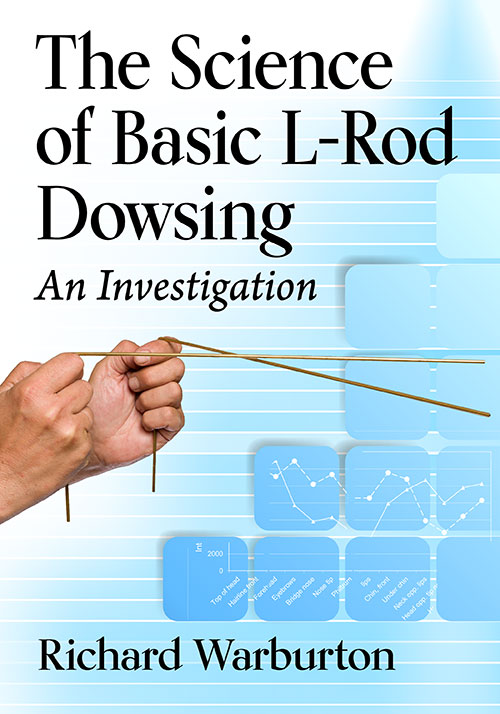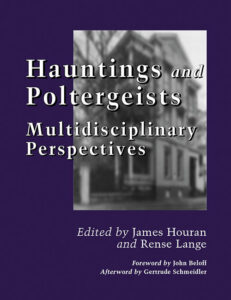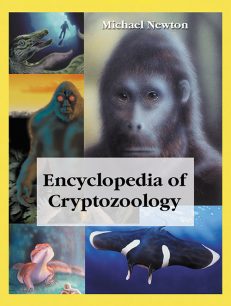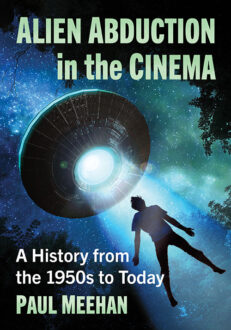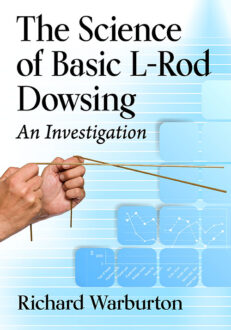The Science of Basic L-Rod Dowsing
An Investigation$49.95
30 in stock
About the Book
Dowsing has been a known practice for approximately 500 years, with some evidence suggesting it may even have been used for five millennia. Historically, dowsers used a forked, Y-shaped stick, following the movement toward the presence of water, minerals, or other objects located beneath the ground. Today, the most common tool used is a wire bent into the shape of an “L,” leading to the practice known as L-rod dowsing. Only a few of dowsing’s many forms appear to have a clear physical basis, such that some physical phenomena in the environment causes a physiological response in the body. Despite the many studies performed in the past, none have resulted in a comprehensive, testable explanation for how dowsing works.
This book reviews and critiques some of the common explanations for L-rod field dowsing, describes an investigation into various aspects of L-rod dowsing, and proposes a mechanism which explains the physical observations. The first part introduces dowsing and critically reviews the major physical theories presented to date to explain it. The second half of the book builds on the prior scientific studies that looked to explain the process behind dowsing, develops the evidence, and presents a theory based on well-known scientific principles for the physical component of dowsing.
About the Author(s)
Bibliographic Details
Richard Warburton
Format: softcover (7 x 10)
Pages: 304
Bibliographic Info: 118 photos, appendix, notes, bibliography, index
Copyright Date: 2025
pISBN: 978-1-4766-9401-6
eISBN: 978-1-4766-5169-9
Imprint: McFarland
Table of Contents
Acknowledgments vii
Symbols and Abbreviations Used in This Book ix
Preface 1
1. Introduction 3
2. General Observations of the Dowsing Signal 10
3. Preliminary Observations and Requirements for the Dowsing Effect 17
4. The Psychology of Dowsing 22
5. Radioactivity and Subatomic Particles 33
6. Gravity 37
7. Parallel Bands and Fields Produced by Rotating Objects 39
8. Nuclear Magnetic Resonance 46
9. Sound 49
10. Electric Fields and Static Electricity 51
11. Telluric Magnetism and Currents 59
12. Nature of the Dowsing Response 66
13. Location of Dowsing Sense Organ 82
14. Magnetism and Magnetic Fields 88
15. Electromagnetic Fields and Dowsing 100
16. Dowsing Frequency Band 112
17. Source of Electromagnetic Radiation 124
18. Resolution of Dowsing Signal 131
19. Memory Effects 152
20. Depth 170
21. Measuring the Dowsing Response Instrumentally 191
22. Dowsing in Three Dimensions 206
23. Mechanisms for Detection of Magnetic Fields in Animals 210
24. Interaction of Electromagnetic Fields with Biological Systems 218
25. Remaining Mysteries and Interesting Reports 235
26. Conclusions 243
Final Words 247
Appendix: Properties of Waves 249
Annex: Instrumentation Used 261
Chapter Notes 265
Selected Bibliography 290
Index 291

